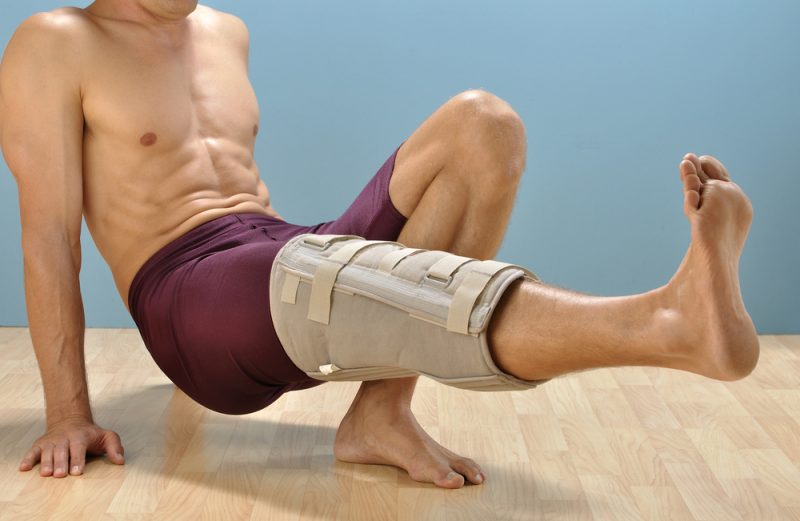Simonsson R, Magnusson C, Piussi R, et al.
Scand J Med Sci Sports. 2024; 34:e14569.
Introduction About 50% of patients who sustain an anterior cruciate ligament (ACL) injury are treated without ACL reconstruction (ACL-R). A significant proportion of these patients opt for late ACL-R. Patients’ experience of changing treatment has not yet been investigated and presented in the scientific literature.
Aim To explore patients’ experiences before and after changing treatment from ACL rehabilitation alone to ACL-R.
Method Fifteen patients were interviewed in semi-structured interviews, which were recorded, transcribed, and analyzed with qualitative content analysis, based on the method described by Graneheim and Lundman. Patients were between 26 and 58 years old, and had tried rehabilitation for a minimum of 9 months prior to ACL-R.
Results Two themes, “Expecting what could not be achieved: the struggle to recover and not becoming stable”, and “Internal completeness: expectations can be achieved”, emerged from the analysis. Each theme was supported by three main categories and 5–6 subcategories. The first theme represents the journey before ACL-R, where patients experienced getting stronger, but perceived the knee as unstable. The second theme represents the journey after ACL-R, where patients expressed that they felt whole after their ACL-R and were able to achieve their expectations. Patients experienced a greater support from the healthcare system, and ultimately expressed a feeling of having achieved the unachievable after ACL-R.
Summary Patients who cross over from ACL rehabilitation to ACL-R experienced rehabilitation alone as insufficient to achieve the desired outcomes, which resulted in a need to opt for delayed ACL-R. Healthcare providers need to support patients, who primarily choose to undergo rehabilitation alone and later opt for ACL-R, throughout the whole rehabilitation process.

